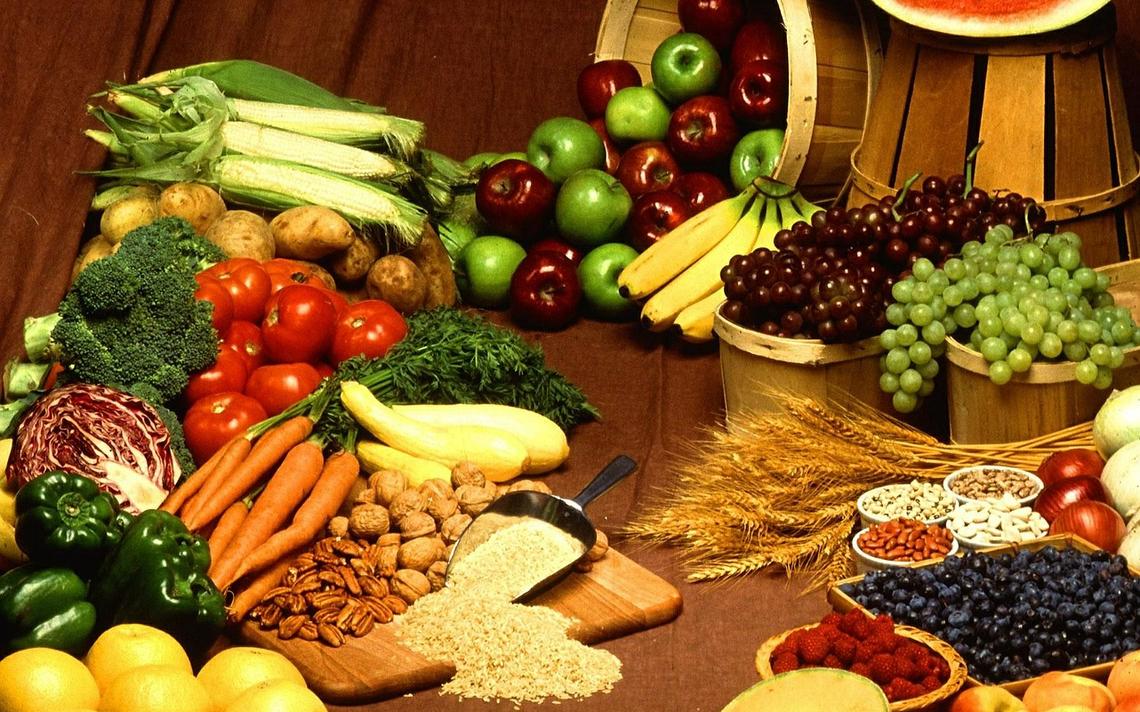Please log in, or sign up for a new account and purchase a subscription to continue reading.
We have used your information to see if you have a subscription with us, but did not find one. Please use the button below to verify an existing account or to purchase a new subscription.
Your current subscription does not provide access to this content. Please use the button below to manage your account.
Please log in, or sign up for a new account to continue reading.
Thank you for reading! We hope that you continue to enjoy our free content.
Cloudy. Some light rain is likely. Low 34F. Winds ESE at 10 to 20 mph. Chance of rain 70%..
Cloudy. Some light rain is likely. Low 34F. Winds ESE at 10 to 20 mph. Chance of rain 70%.
Updated: March 29, 2022 @ 8:26 pm
Craig Everett
Craig Everett
Gardeners often fertilize their flowers and vegetable gardens. Fertilizing is giving our favorite plants nutrients. Nutrients are then taken up by the plant roots. Plants use nutrients to make carbohydrates, proteins, defense compounds, and other compounds for their metabolic growth.
There are 17nutrients considered essential for plant growth. Three of these are non-mineral elements acquired from the air and water: carbon (C), oxygen (O) and hydrogen (H).
The other 14 are considered mineral nutrients. Six are termed macronutrients because relatively large amounts are needed by plants. They are further divided into primary macronutrients (nitrogen, phosphorus, potassium) and secondary macronutrients (calcium, magnesium, and sulfur). The trace elements, required in very small amounts, are boron, copper, chlorine, iron, manganese, molybdenum, nickel and zinc. Nitrogen (N) is required in the largest quantity after carbon, oxygen, and hydrogen.
When gardeners apply commercial fertilizer to their plants the fertilizers are comprised of elements consisting of various quantities of the seventeen nutrients needed for plant growth. Unfortunately, plants cannot take up the elements in their elemental form. The magic occurs when the microbes living in the topsoil converts the elements found in commercial fertilizers back into nutrients that plant roots can take up.
Did you ever wonder how plants growing in the wild get their nutrients needed for growth? Most residential gardens and landscapes are unlike wild areas in some key respects. Soils around homes have been disturbed and topsoil removed making the soils less fertile and plant friendly. Also, organic matter is either less abundant or missing all together. Wild plants, on the other hand, are growing in topsoil with an abundance of organic matter.
The secret is the organic matter. Organic matter is simply plant or animal matter that was once alive and now is deceased. The magical microbes living in the topsoil convert the plant and animal matter back to nutrients that plants take up for growth. The abundance of organic matter is how wild plants, thrive without the addition of commercial fertilizers.
Commercial fertilizers over the years have given our residential gardens the needed boost of nutrients for healthy, thriving plants.
However, this year may be a different story. Due to the coronavirus pandemic, supply shortages and the war in Ukraine, the cost of commercial fertilizers has risen four to six times higher than previous years. Besides the high-cost commercial fertilizers are in tight supply, leaving some retail stores and garden centers without fertilizer to sell.
The answer to this dilemma is remembering how our wild plants grow and thrive — organic matter.
Organic matter in the landscape and nursery business is sold as compost. Good compost consists primarily of decomposed or partially decomposed plant and animal residues but may also contain a small amount of soil. Compost not only gives fertility to the soil, it also improves the physical condition of the soil.
Organic matter in compost improves heavy clay soils by binding soil particles together into “crumbs,” making the soil easier to work. Binding soil particles also helps improve aeration, root penetration, and water infiltration and reduces crusting of the soil surface. In sandy soils, the compost helps with nutrient and water retention. Compost also increases the activity of the magical soil microbes that release the nutrients and other growth-promoting materials back into the soil.
So how much compost should we add to our gardens?
Most gardens will benefit by adding 6 inches of a good compost and working into the soil in the spring normally during April and early May. If you have existing shrubs and perennials, extra caution needs to be used as to not disturb the roots of existing plants when working in the compost. By adding compost annually to your garden beds not only are we creating better soil , but we are also reducing the need for commercial fertilizers. Compost also is an excellent mulch or top-dressing around flowers, vegetables, shrubs and trees.
Craig Everett



